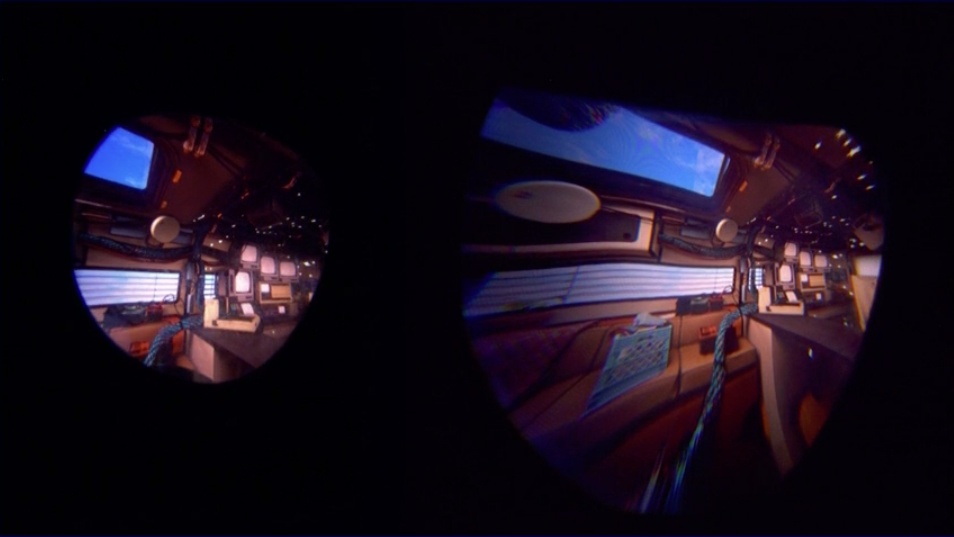Meta CTO Andrew Bosworth shared images from a recent visit to the company’s research labs.
In one of the six images that were shared to Instagram and Threads, Bosworth is seen holding a tethered headset that appears to have canted lenses and a wide curved body extending beyond the strap arms horizontally, suggesting a wide field of view.
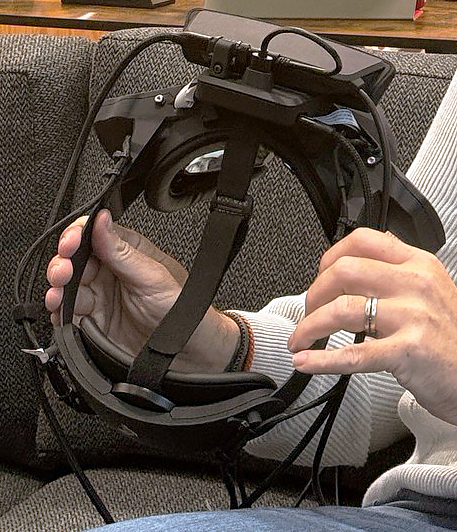
The other five images show a Ray-Ban Meta glasses prototype, Project Aria research glasses attached to a Quest 3, a silhouette appearing to be him wearing a headset, and two shots of him sitting with Meta’s Chief Scientist Michael Abrash, who leads Reality Labs Research.
“Visiting our research labs is always a highlight. They’re making incredible progress on hard technological problems and I can’t wait to share more“, Bosworth wrote on Threads.
Meta has been far more open about showing off its long-term hardware research than other big tech companies, a tradition carried over from Oculus, the startup it acquired and turned into its Reality Labs division.
In recent years Meta has presented, and even demoed to us, prototype headsets that introduce a new feature or push a specification to the extreme, such as retinal resolution, varifocal, ultra bright high dynamic range, and reprojection-free depth correct passthrough.
Meta says it uses these prototype headsets to test how impactful these features and specifications are, using the results to inform how it prioritizes which features to push in future products.
Hands-On: Meta’s Retinal Resolution Varifocal Prototype
We tried Meta’s Butterscotch Varifocal prototype which has dynamic focus, retinal resolution, and dynamic distortion correction. Read our impressions here:
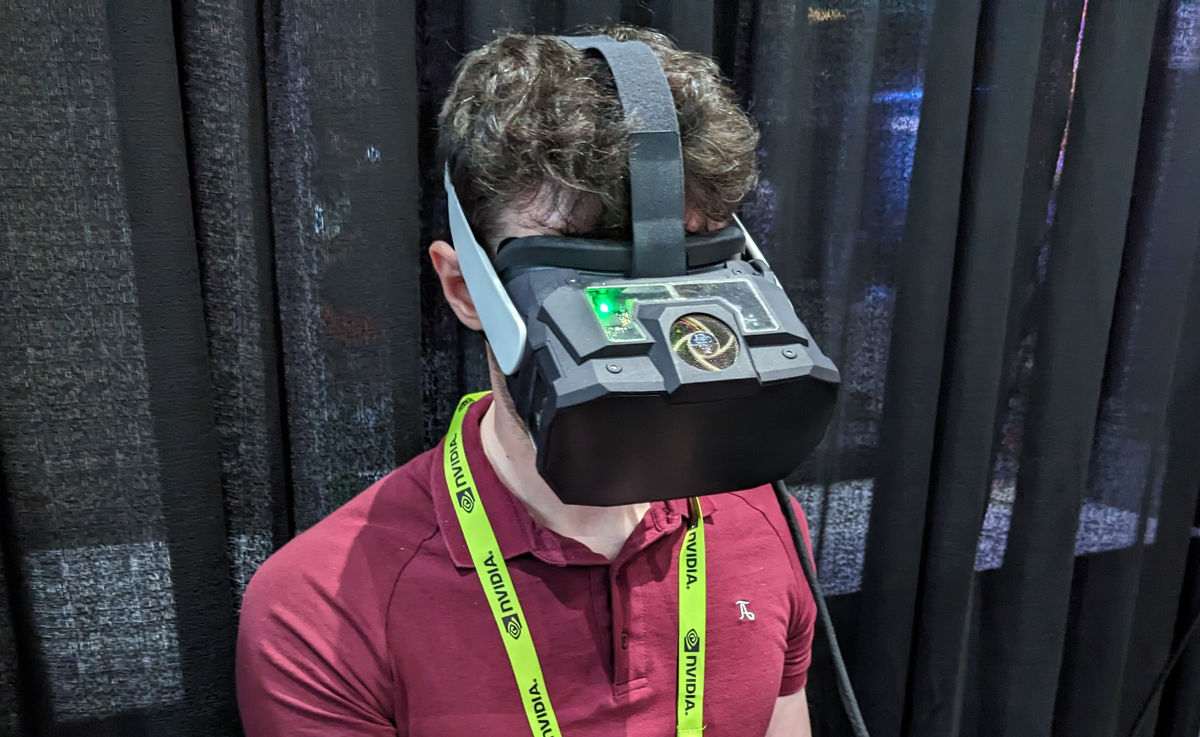
Starburst: Eyes-In With Meta’s 20K Nit HDR Display Tech
Is high-dynamic range (HDR) the key to next generation VR displays? Hands-on time with Meta’s latest demo and an interview with the head of display systems research suggests it’ll be pretty key. Read on for details. At the recent SIGGRAPH conference in Vancouver David Heaney and I went
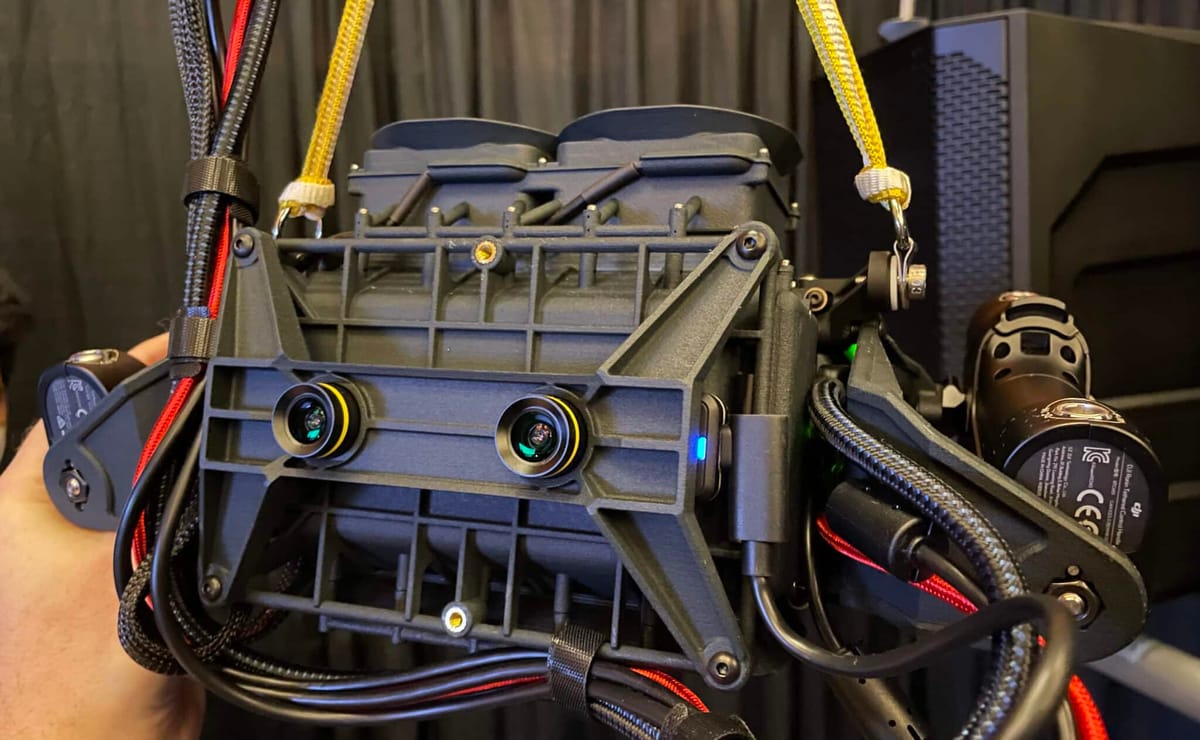
Hands-On: Meta’s Reprojection-Free Passthrough Prototype
At SIGGRAPH 2023 we tried Flamera, Meta’s research prototype of reprojection-free passthrough AR. Read our impressions & thoughts here:
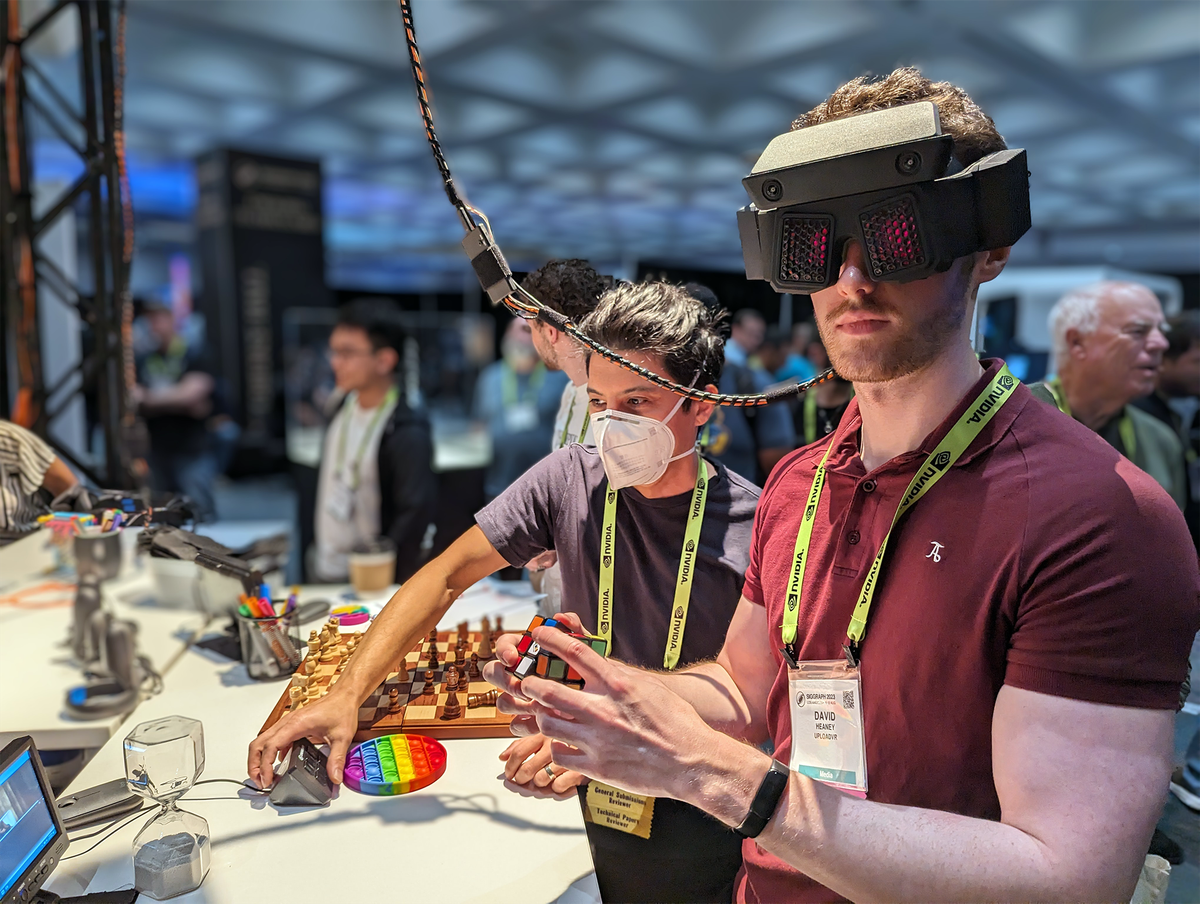
One specification we haven’t seen a Meta prototype significantly push forward for six years now though is field of view, arguably the most important specification for immersion. In 2018, the company demonstrated a headset with a 140-degree field of vision, along with varifocal lenses. The original Oculus (left) compared to the Half-Dome. The company’s CEO replied, “It hasn’t seemed like the right compromise” because the additional rendering power required for extra geometry and pixels. He also stated that (presumably in reference to internal prototypes), a higher vertical field of vision was more important for him. Valve also said this while working with HTC to develop the original Vive, explaining that being able to see the floor in VR strongly contributed to the feeling of presence.the original Half-DomeInterestingly, one year later Meta released Quest 3, which has a wider horizontal field of view than Quest 2 but the same vertical.
More recently, when asked to describe the Quest headset of the early 2030s in
Subsequent versions of Half-Dome, Bosworth reaffirmed his view that a taller field of view was more important than a wider one, suggesting this will be Meta’s focus in the future.
